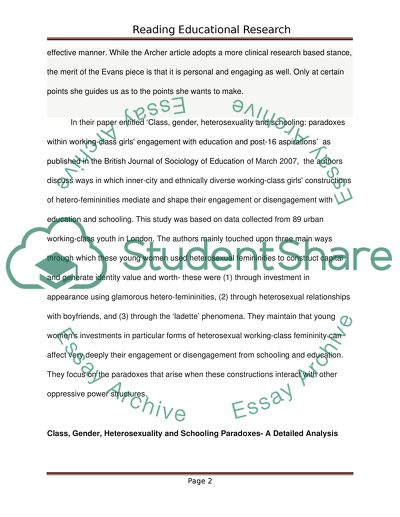Cite this document
(“Schooling and Educational Opportunities for Females in the UK - Essay”, n.d.)
Schooling and Educational Opportunities for Females in the UK - Essay. Retrieved from https://studentshare.org/education/1451864-reading-education-research-i
Schooling and Educational Opportunities for Females in the UK - Essay. Retrieved from https://studentshare.org/education/1451864-reading-education-research-i
(Schooling and Educational Opportunities for Females in the UK - Essay)
Schooling and Educational Opportunities for Females in the UK - Essay. https://studentshare.org/education/1451864-reading-education-research-i.
Schooling and Educational Opportunities for Females in the UK - Essay. https://studentshare.org/education/1451864-reading-education-research-i.
“Schooling and Educational Opportunities for Females in the UK - Essay”, n.d. https://studentshare.org/education/1451864-reading-education-research-i.


